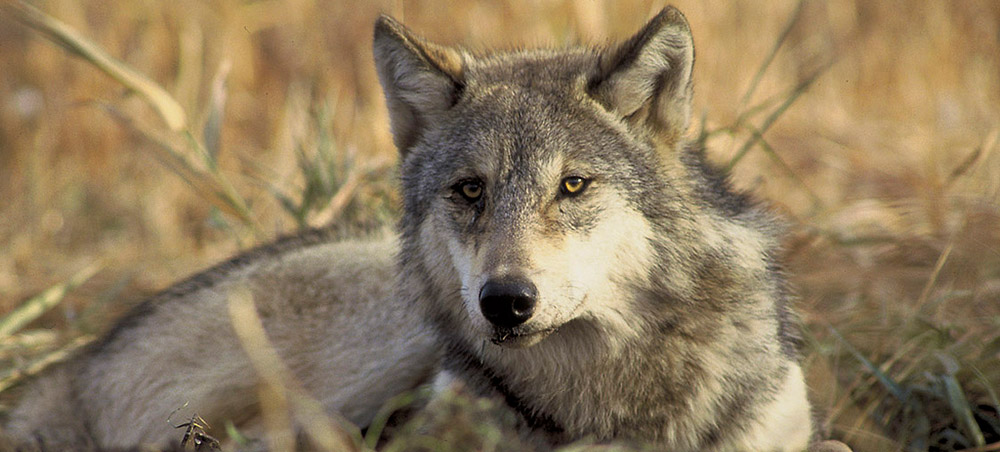Delcianna Winders posted a folder containing several USDA APHIS enforcement actions. I was surprised to see an enforcement action against Donald Schrage of the infamous Rabbit Ridge kennel. The violations listed in the enforcement action aren’t unusual for Schrage. This is just a normal year’s worth of writeups for him. It’s good to see that the […]



